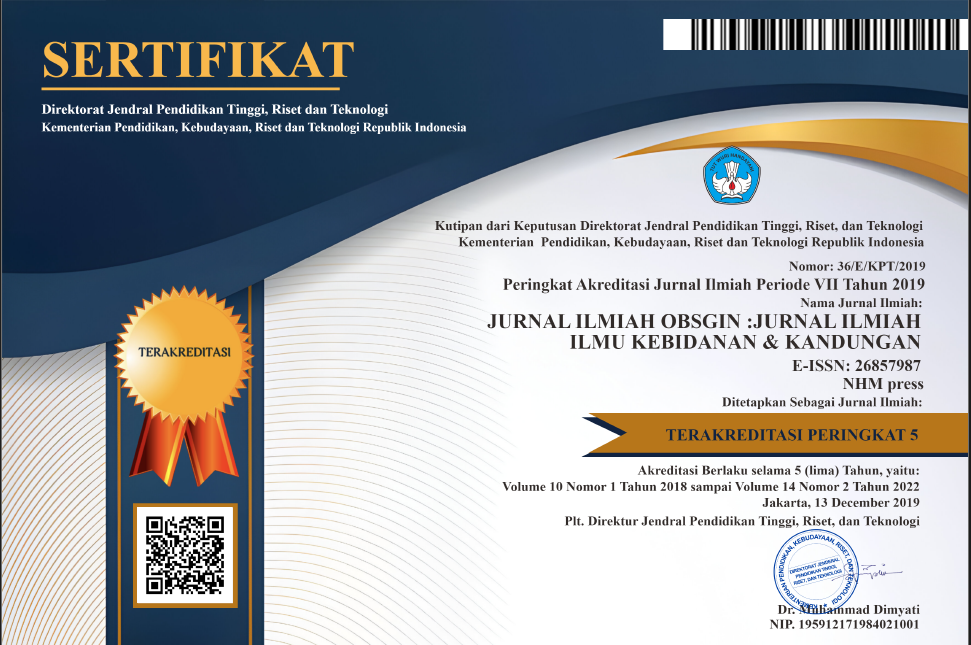Analisis Faktor Praktik Hygiene dan Sanitasi Lingkungan Terhadap Kejadian Stunting di Wilayah Kerja Puskesmas Bahodopi Morowali
Abstract
This study aims to analyze the relationship between hygiene practices and environmental sanitation on the incidence of stunting in the working area of Bahadopi Health Center, Kaurea Village, Morowali, Central Sulawesi, conducted in August-September 2022. The research used a quantitative approach with a cross-sectional analytic study design. The study population consisted of 104 stunted children, with a sample size of 50 mothers and children. The results showed that 70% of respondents had good hygiene practices, while 30% had poor hygiene practices. Meanwhile, 70% of respondents lived in environments with poor sanitation, and 30% lived in environments with good sanitation. Fisher's Exact Test indicated a significant relationship between hygiene practices (p = 0.000) and environmental sanitation (p = 0.000) with the incidence of stunting, with p < α (α = 0.05). These findings emphasize the importance of hygiene practices and environmental sanitation in stunting prevention. Therefore, improvements in both aspects could play a crucial role in reducing the incidence of stunting in the community.











